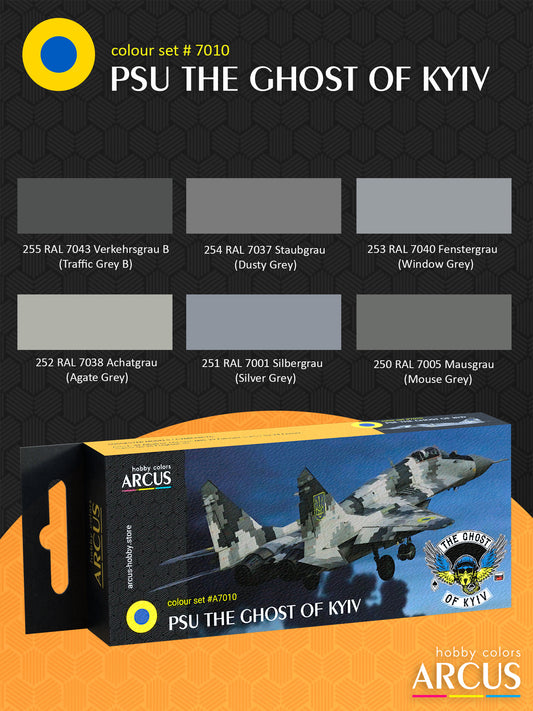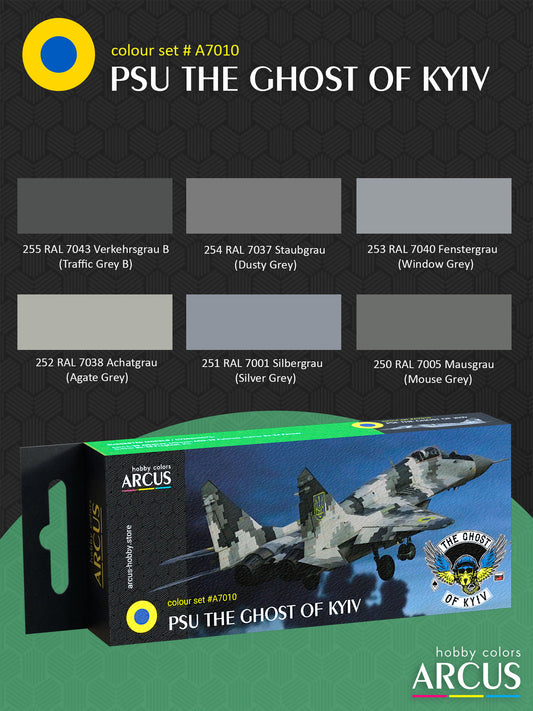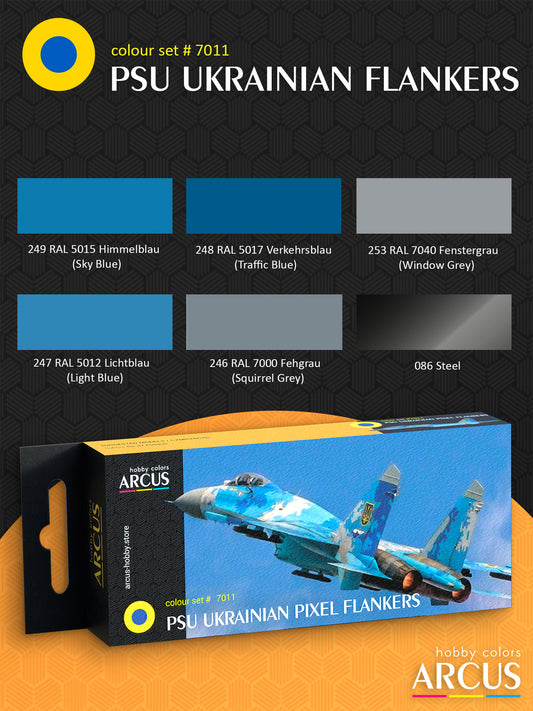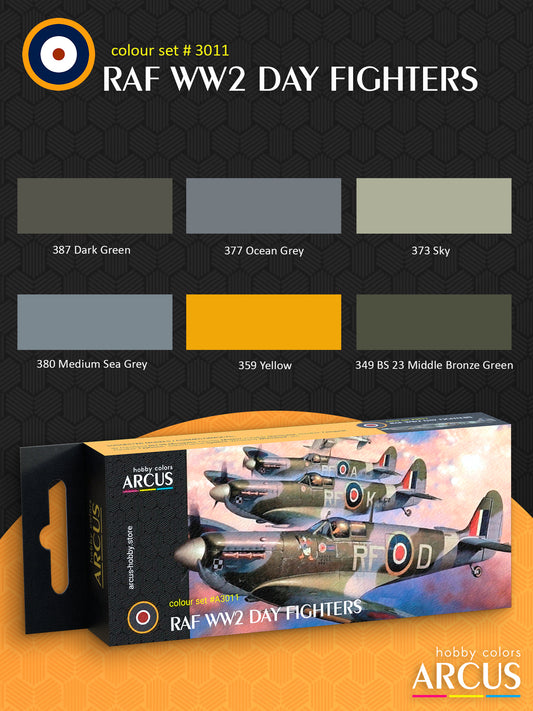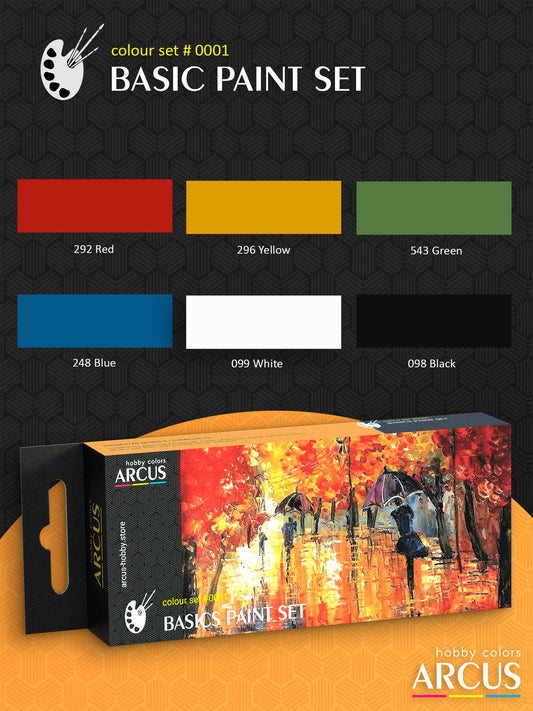Sovjetluchtmacht in de Tweede Wereldoorlog
Authentieke verf voor modellen van Sovjetvliegtuigen uit de jaren 1930 en 1940. Perfect voor vliegtuigen uit Spanje, Nomonhan, Finland en de Tweede Wereldoorlog
-

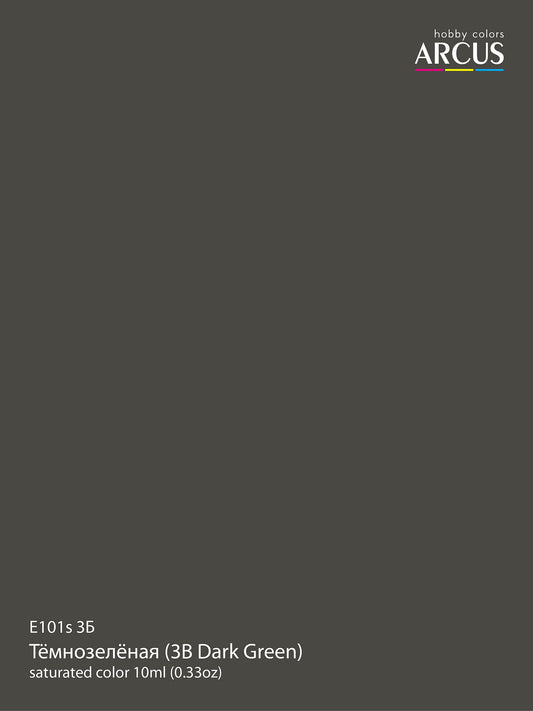 Aanbieding
Aanbieding101 3Б Тёмнозеленая (3B Dark Green)
Verkoper:Arcus Hobby PaintNormale prijs $1.69 USDNormale prijsEenheidsprijs per$1.99 USDAanbiedingsprijs $1.69 USDAanbieding -

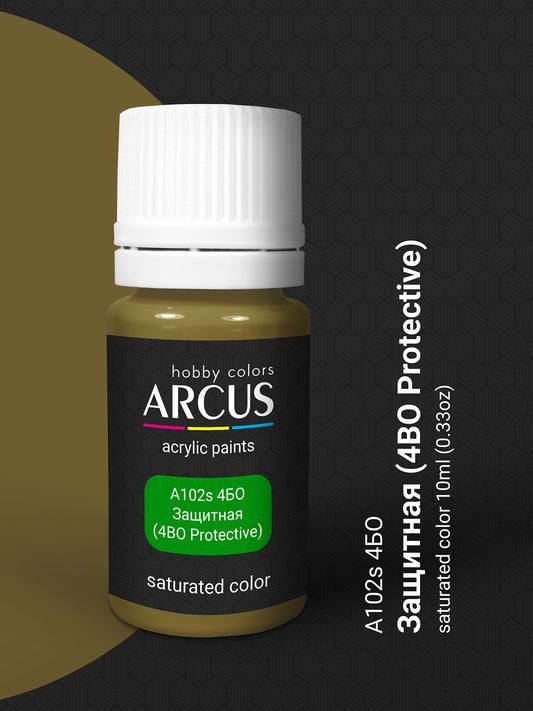 AanbiedingVerkoper:Arcus Hobby PaintNormale prijs $1.69 USDNormale prijsEenheidsprijs per
AanbiedingVerkoper:Arcus Hobby PaintNormale prijs $1.69 USDNormale prijsEenheidsprijs per$1.99 USDAanbiedingsprijs $1.69 USDAanbieding -

 AanbiedingVerkoper:Arcus Hobby PaintNormale prijs $1.69 USDNormale prijsEenheidsprijs per
AanbiedingVerkoper:Arcus Hobby PaintNormale prijs $1.69 USDNormale prijsEenheidsprijs per$1.99 USDAanbiedingsprijs $1.69 USDAanbieding -
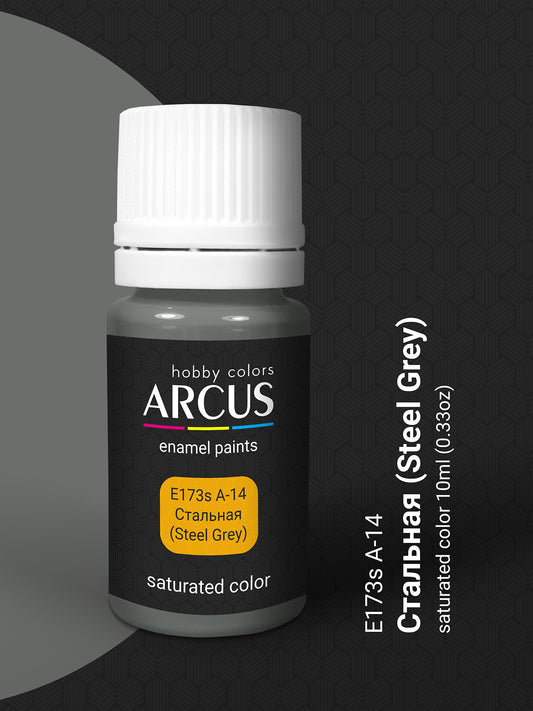
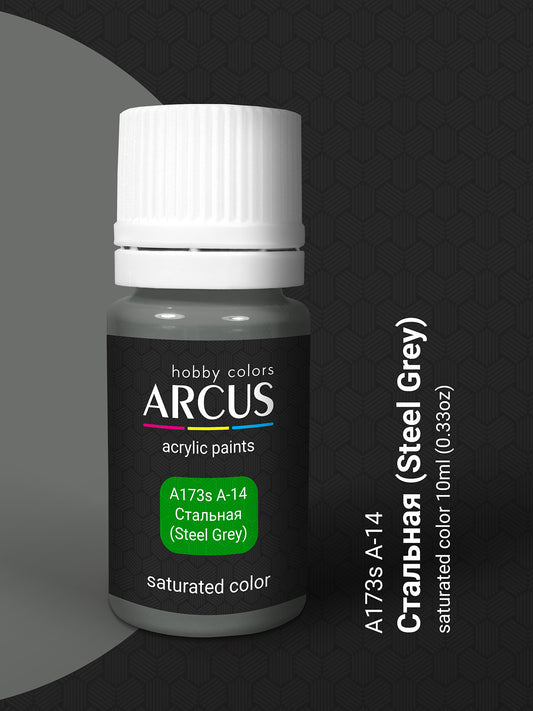 AanbiedingVerkoper:Arcus HobbyNormale prijs $1.69 USDNormale prijsEenheidsprijs per
AanbiedingVerkoper:Arcus HobbyNormale prijs $1.69 USDNormale prijsEenheidsprijs per$1.99 USDAanbiedingsprijs $1.69 USDAanbieding -
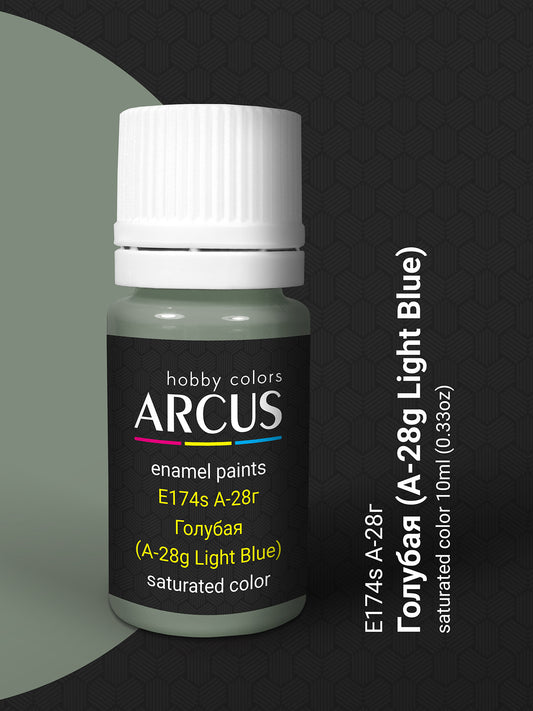
 Aanbieding
Aanbieding174 А-28г Голубая (A-28g Light Blue)
Verkoper:Arcus Hobby PaintNormale prijs $1.69 USDNormale prijsEenheidsprijs per$1.99 USDAanbiedingsprijs $1.69 USDAanbieding -

 AanbiedingVerkoper:Arcus HobbyNormale prijs $1.69 USDNormale prijsEenheidsprijs per
AanbiedingVerkoper:Arcus HobbyNormale prijs $1.69 USDNormale prijsEenheidsprijs per$1.99 USDAanbiedingsprijs $1.69 USDAanbieding -
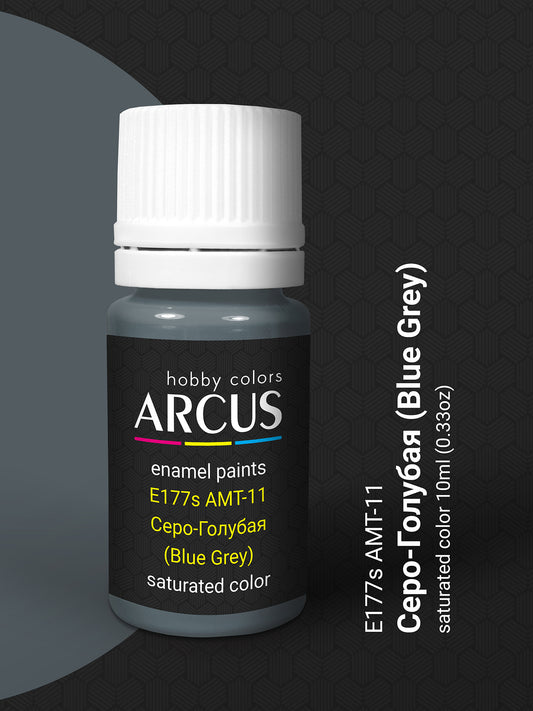
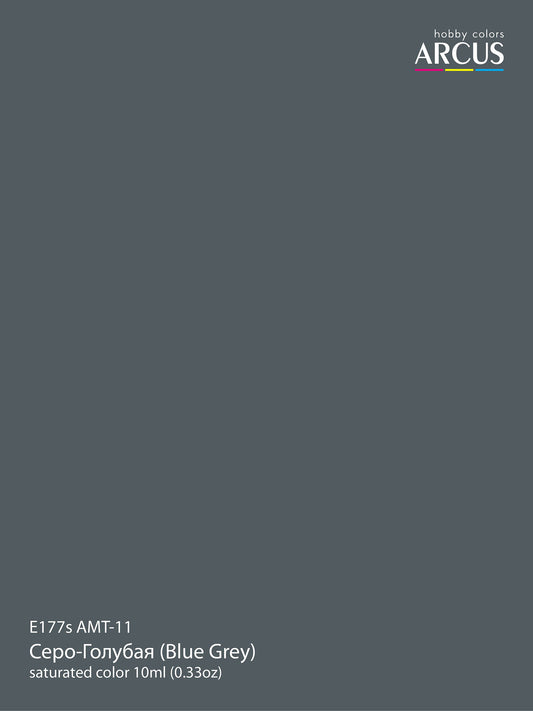 Aanbieding
Aanbieding177 АМТ-11 Серо-голубая (Blue Grey)
Verkoper:arcus-hobbyNormale prijs $1.69 USDNormale prijsEenheidsprijs per$1.99 USDAanbiedingsprijs $1.69 USDAanbieding -
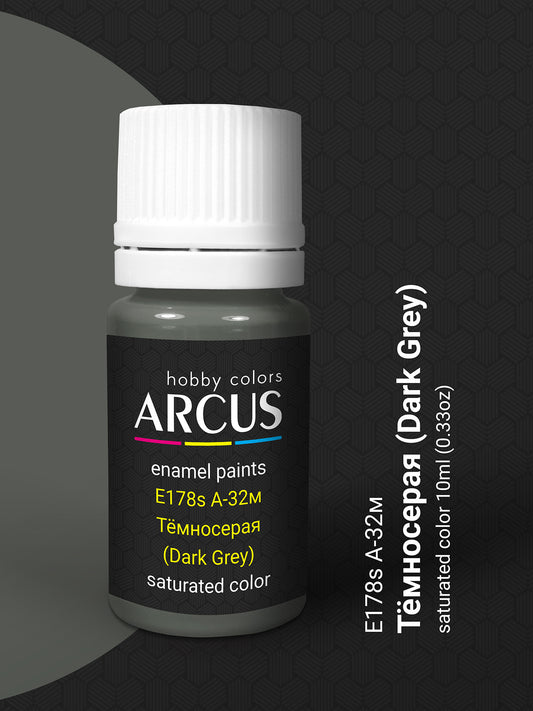
 Aanbieding
Aanbieding178 А-32м Тёмносерая (Dark Grey)
Verkoper:Arcus Hobby PaintNormale prijs $1.69 USDNormale prijsEenheidsprijs per$1.99 USDAanbiedingsprijs $1.69 USDAanbieding -

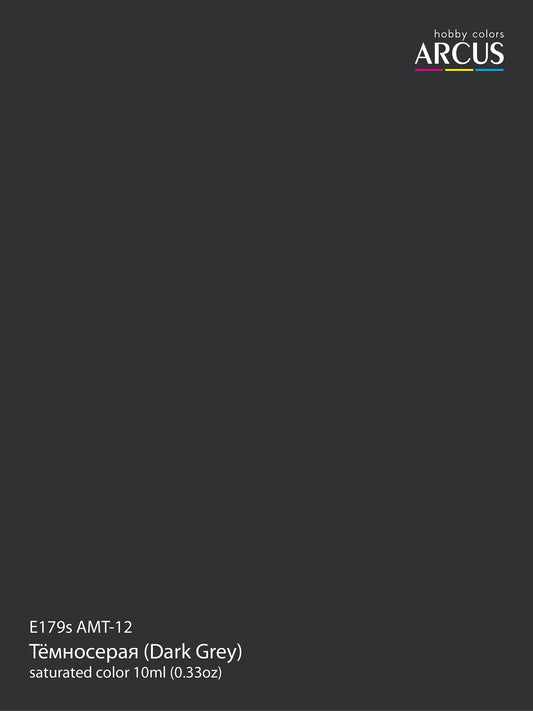 Aanbieding
Aanbieding179 АМТ-12 Тёмносерая (Dark Grey)
Verkoper:arcus-hobbyNormale prijs $1.69 USDNormale prijsEenheidsprijs per$1.99 USDAanbiedingsprijs $1.69 USDAanbieding -
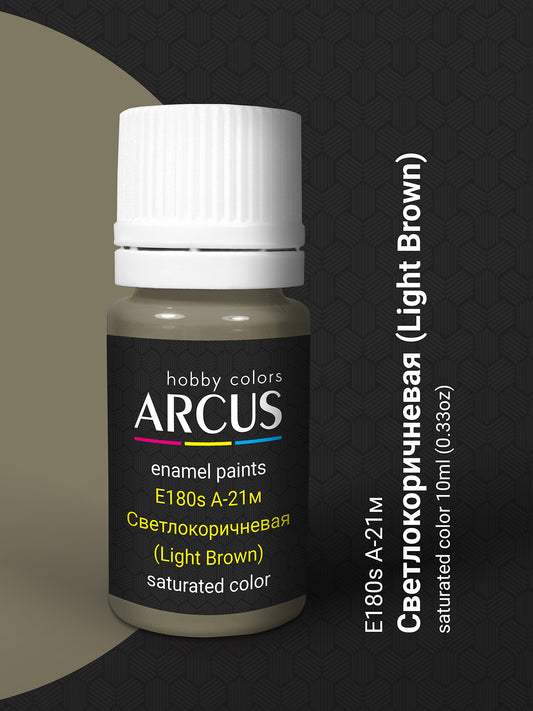
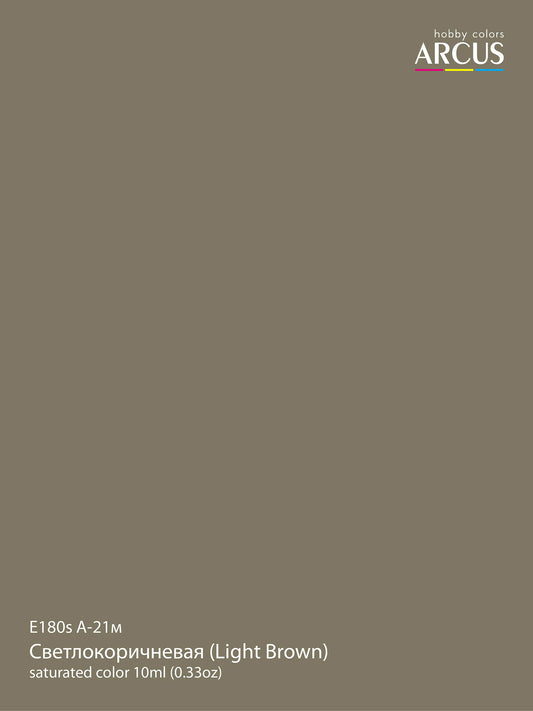 Aanbieding
Aanbieding180 А-21м Светлокоричневая (Light Brown)
Verkoper:arcus-hobbyNormale prijs $1.69 USDNormale prijsEenheidsprijs per$1.99 USDAanbiedingsprijs $1.69 USDAanbieding -
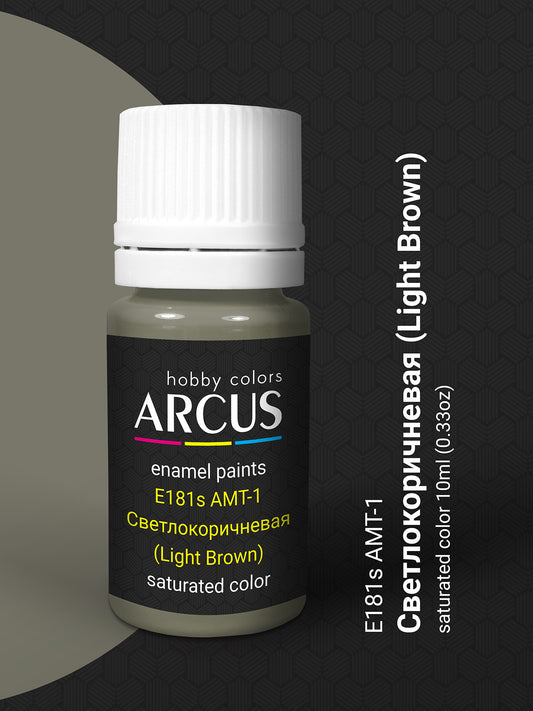
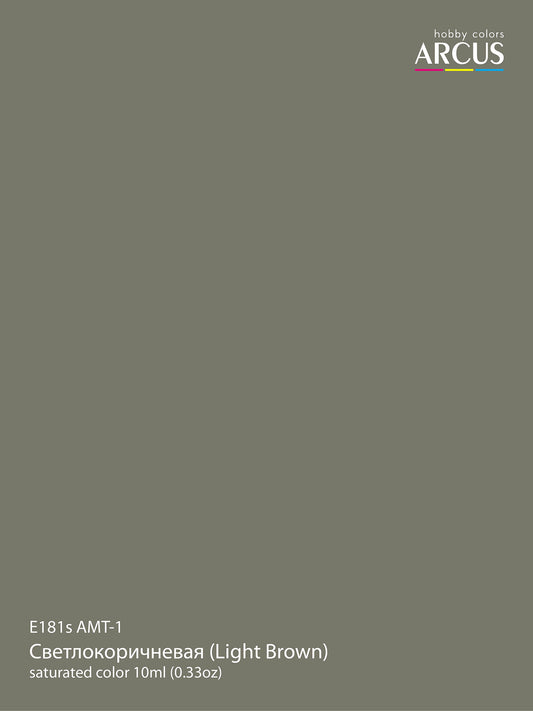 Aanbieding
Aanbieding181 АМТ-1 Светлокоричневая (Light Brown)
Verkoper:arcus-hobbyNormale prijs $1.69 USDNormale prijsEenheidsprijs per$1.99 USDAanbiedingsprijs $1.69 USDAanbieding -
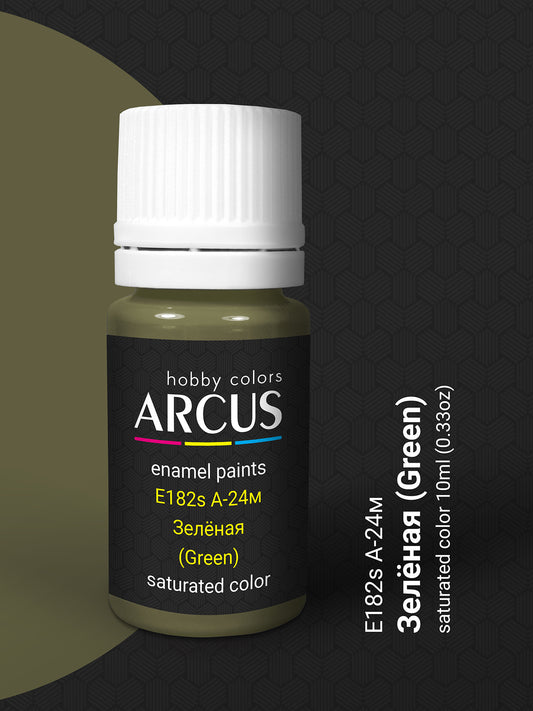
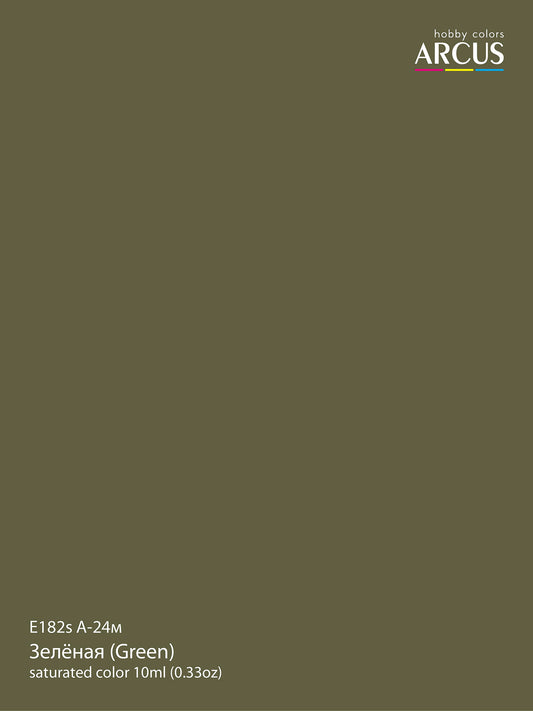 AanbiedingVerkoper:Arcus Hobby PaintNormale prijs $1.69 USDNormale prijsEenheidsprijs per
AanbiedingVerkoper:Arcus Hobby PaintNormale prijs $1.69 USDNormale prijsEenheidsprijs per$1.99 USDAanbiedingsprijs $1.69 USDAanbieding -
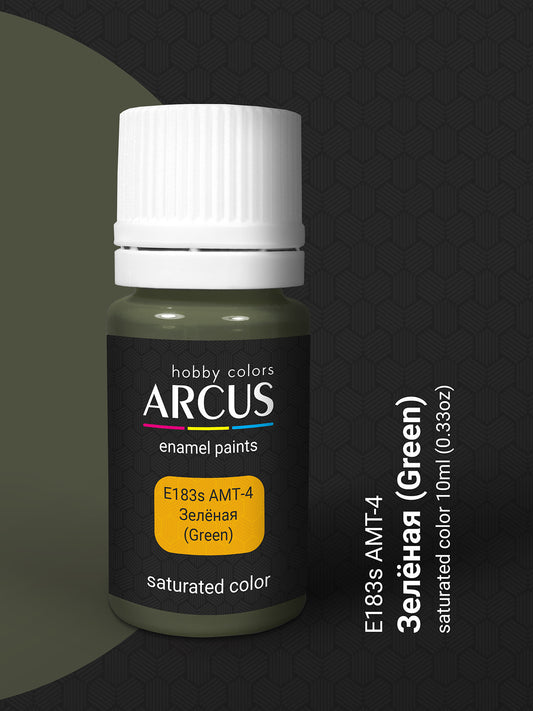
 AanbiedingVerkoper:Arcus HobbyNormale prijs $1.69 USDNormale prijsEenheidsprijs per
AanbiedingVerkoper:Arcus HobbyNormale prijs $1.69 USDNormale prijsEenheidsprijs per$1.99 USDAanbiedingsprijs $1.69 USDAanbieding -

 AanbiedingVerkoper:Arcus Hobby PaintNormale prijs $1.69 USDNormale prijsEenheidsprijs per
AanbiedingVerkoper:Arcus Hobby PaintNormale prijs $1.69 USDNormale prijsEenheidsprijs per$1.99 USDAanbiedingsprijs $1.69 USDAanbieding -
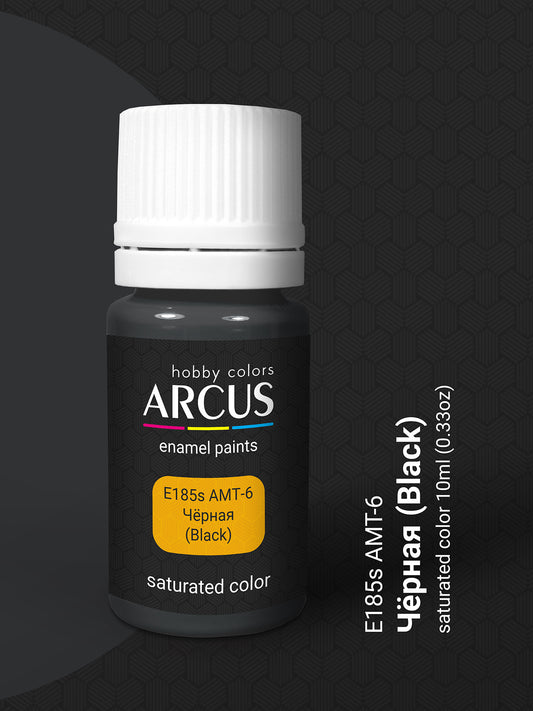
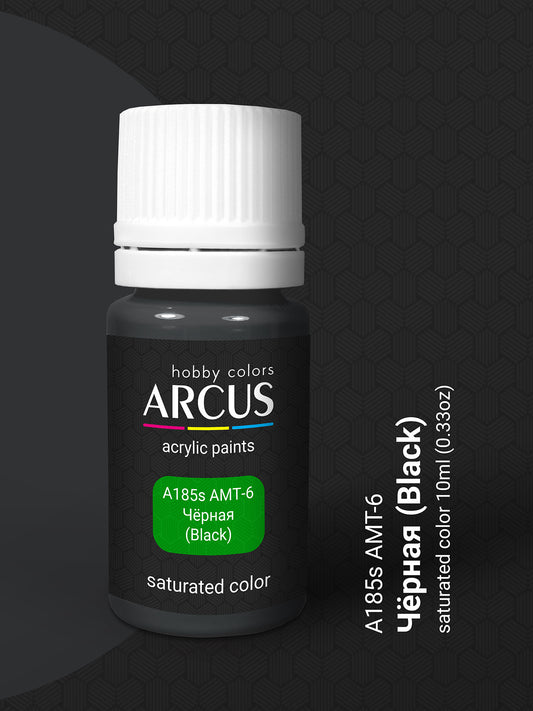 AanbiedingVerkoper:arcus-hobbyNormale prijs $1.69 USDNormale prijsEenheidsprijs per
AanbiedingVerkoper:arcus-hobbyNormale prijs $1.69 USDNormale prijsEenheidsprijs per$1.99 USDAanbiedingsprijs $1.69 USDAanbieding -

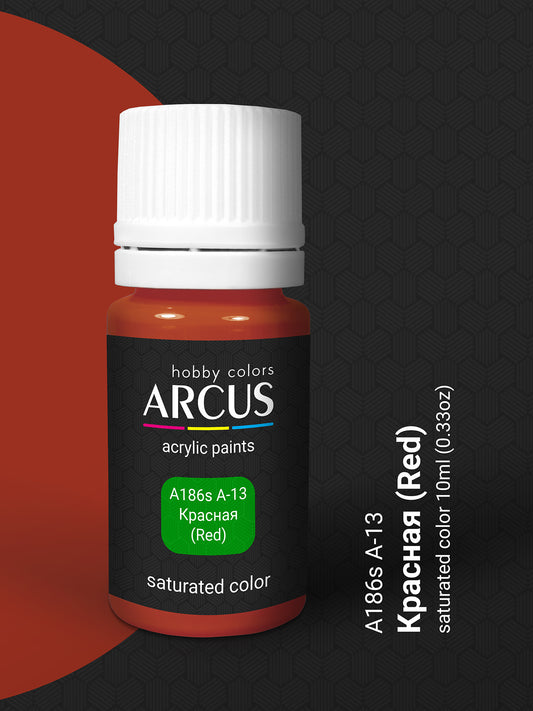 AanbiedingVerkoper:Arcus Hobby PaintNormale prijs $1.69 USDNormale prijsEenheidsprijs per
AanbiedingVerkoper:Arcus Hobby PaintNormale prijs $1.69 USDNormale prijsEenheidsprijs per$1.99 USDAanbiedingsprijs $1.69 USDAanbieding -
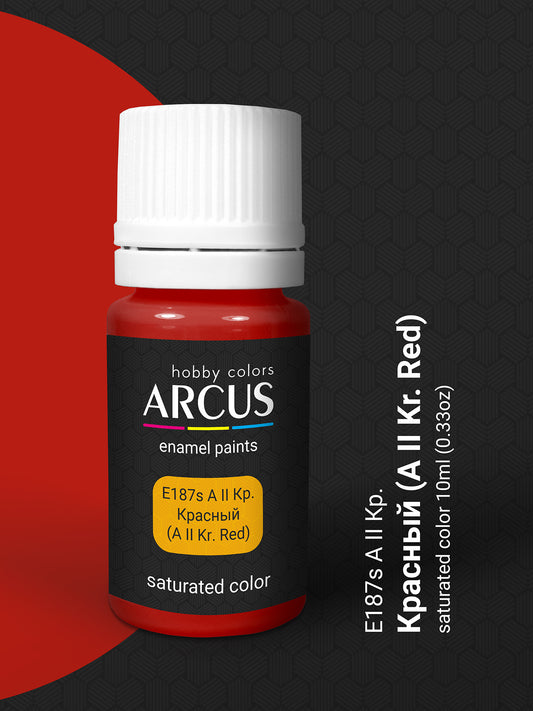
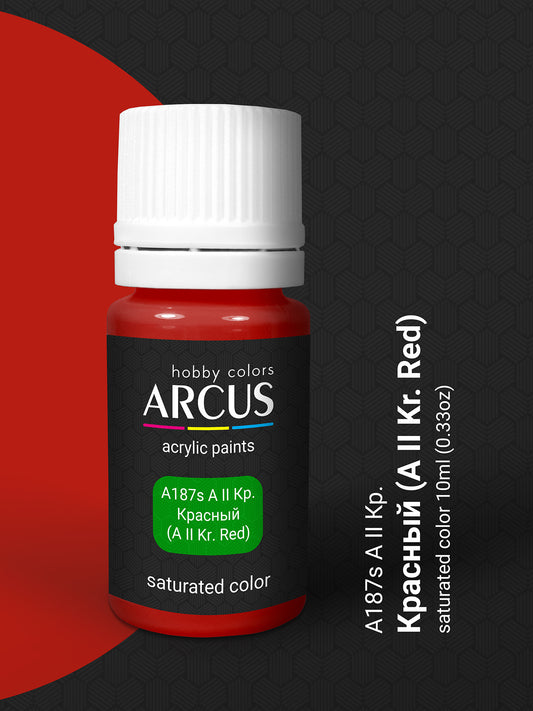 AanbiedingVerkoper:Arcus HobbyNormale prijs $1.69 USDNormale prijsEenheidsprijs per
AanbiedingVerkoper:Arcus HobbyNormale prijs $1.69 USDNormale prijsEenheidsprijs per$1.99 USDAanbiedingsprijs $1.69 USDAanbieding -
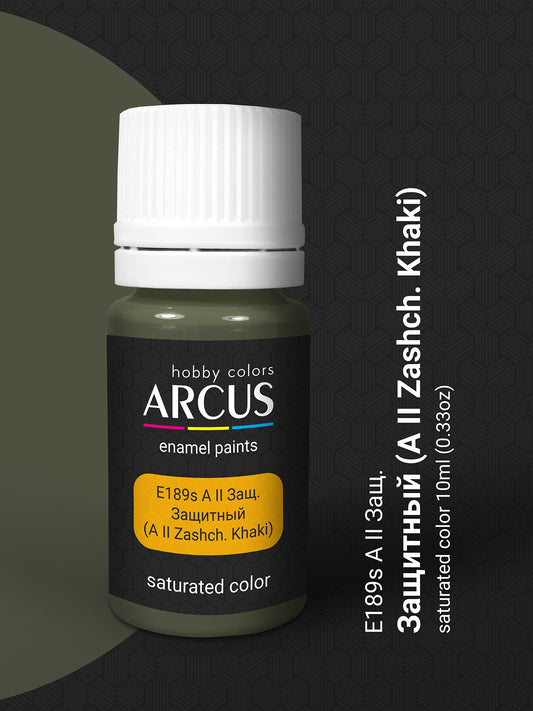
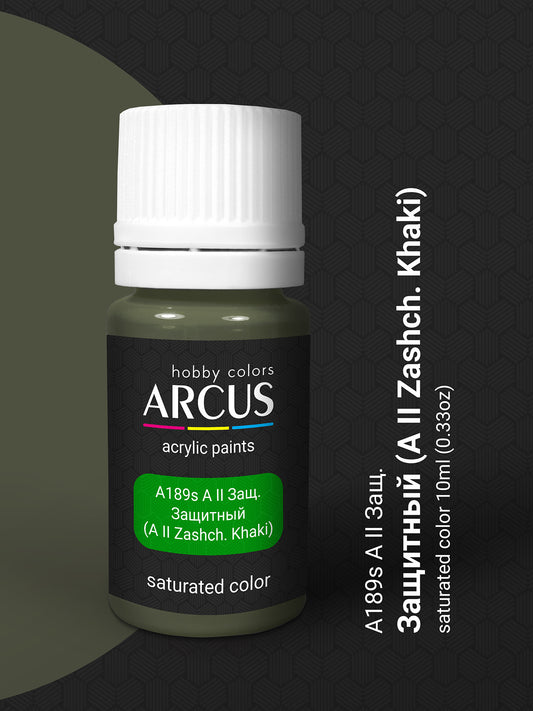 AanbiedingVerkoper:Arcus HobbyNormale prijs $1.69 USDNormale prijsEenheidsprijs per
AanbiedingVerkoper:Arcus HobbyNormale prijs $1.69 USDNormale prijsEenheidsprijs per$1.99 USDAanbiedingsprijs $1.69 USDAanbieding -
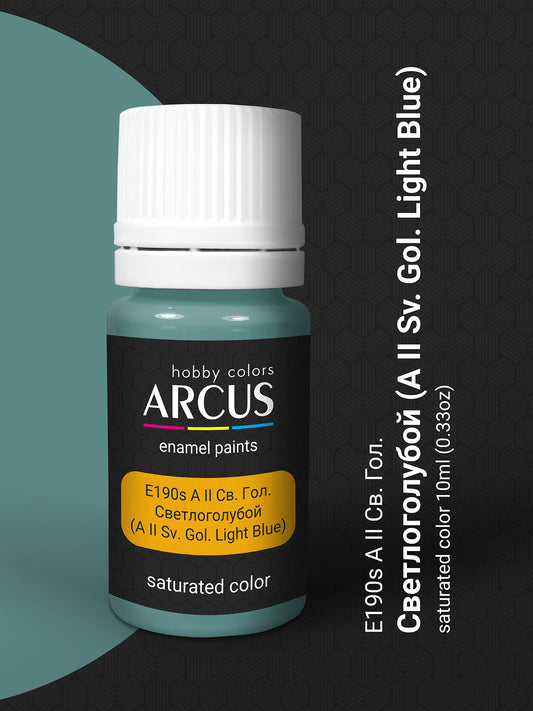
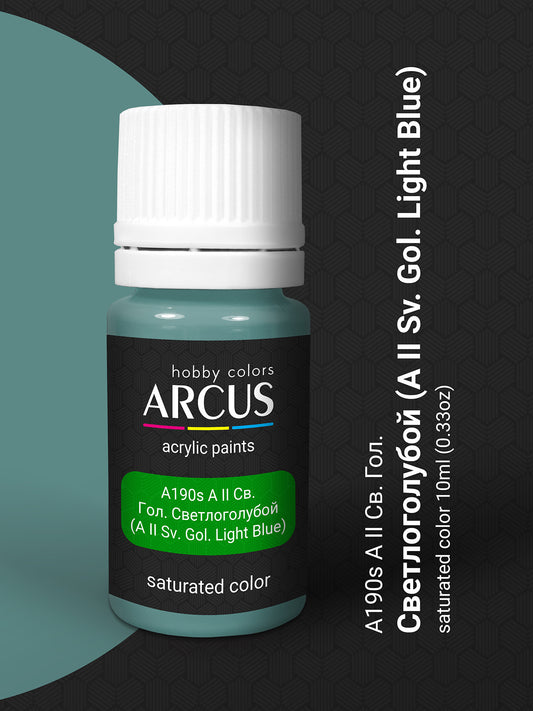 Aanbieding
Aanbieding190 А II Св. Гол. Светлоголубой
Verkoper:Arcus HobbyNormale prijs $1.69 USDNormale prijsEenheidsprijs per$1.99 USDAanbiedingsprijs $1.69 USDAanbieding -

 Aanbieding
Aanbieding191 А-18ф Голубая (A-18f Light Blue)
Verkoper:Arcus Hobby PaintNormale prijs $1.69 USDNormale prijsEenheidsprijs per$1.99 USDAanbiedingsprijs $1.69 USDAanbieding -

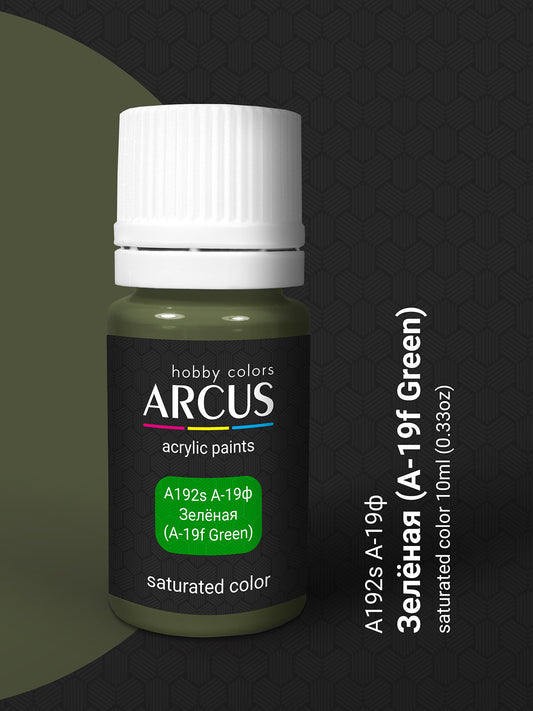 AanbiedingVerkoper:Arcus HobbyNormale prijs $1.69 USDNormale prijsEenheidsprijs per
AanbiedingVerkoper:Arcus HobbyNormale prijs $1.69 USDNormale prijsEenheidsprijs per$1.99 USDAanbiedingsprijs $1.69 USDAanbieding -

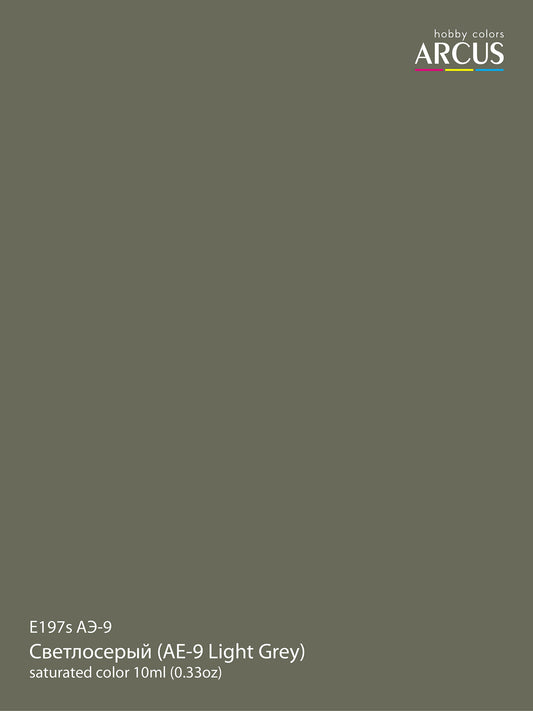 Aanbieding
Aanbieding197 АЭ-9 Светлосерый (AE-9 Light Grey)
Verkoper:Arcus Hobby PaintNormale prijs $1.69 USDNormale prijsEenheidsprijs per$1.99 USDAanbiedingsprijs $1.69 USDAanbieding -

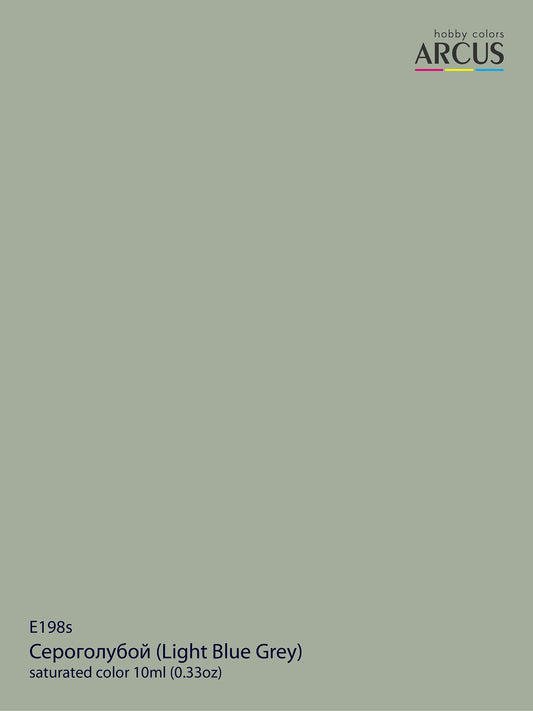 Aanbieding
Aanbieding198 Сероголубой (Light Blue Grey)
Verkoper:Arcus Hobby PaintNormale prijs $1.69 USDNormale prijsEenheidsprijs per$1.99 USDAanbiedingsprijs $1.69 USDAanbieding -

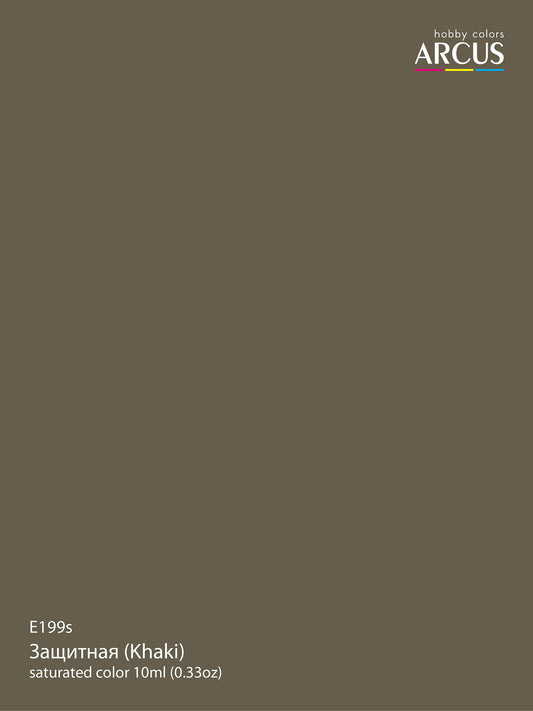 AanbiedingVerkoper:arcus-hobbyNormale prijs $1.69 USDNormale prijsEenheidsprijs per
AanbiedingVerkoper:arcus-hobbyNormale prijs $1.69 USDNormale prijsEenheidsprijs per$1.99 USDAanbiedingsprijs $1.69 USDAanbieding

















































